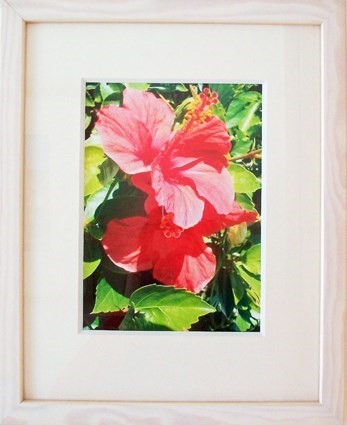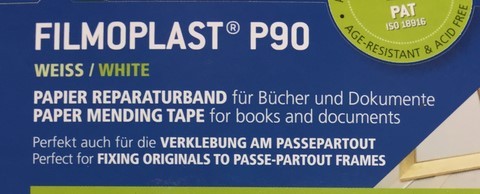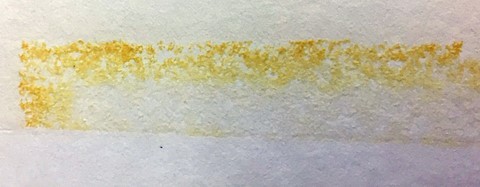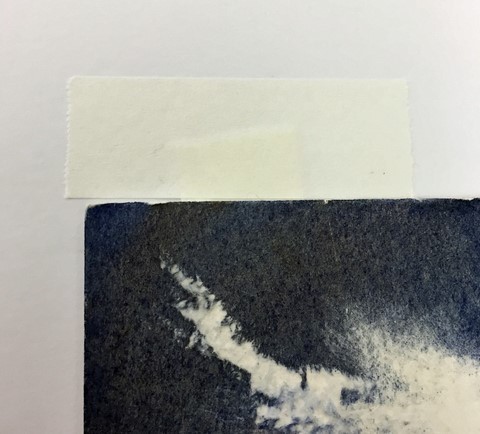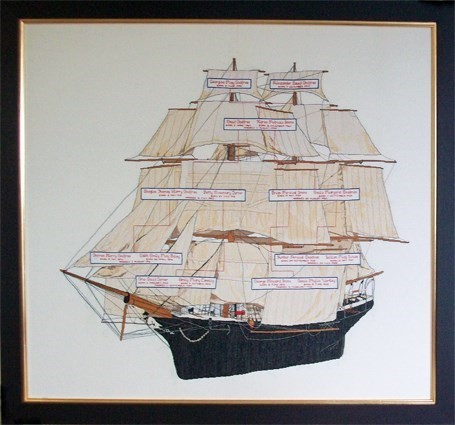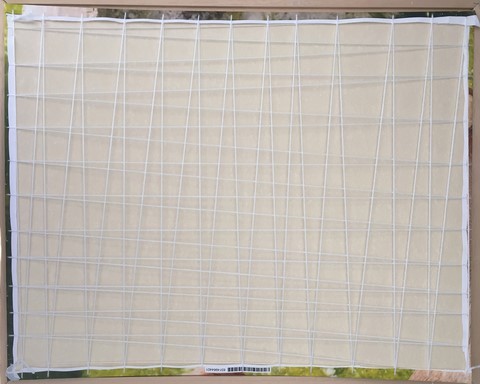Framing advise, what to expect..? by Claire Russell
What is Good Framing?
Good framing is choosing the frame carefully with your client, listening and advising, in order to get the best end results.
A frame should protect and enhance a picture, without dominating it, after all you want to see the picture, not the frame!
A frame should protect and enhance a picture, without dominating it, after all you want to see the picture, not the frame!
A good framer will always be happy to answer any questions you may have about the framing job and/or materials used, they may even show you if necessary.
Please note, this is a general guide which is aimed at helping you, the customer, decide which is best for your art/photos/objects/embroideries etc.
Will a frame damage my picture?
If it is framed with acid free or archival materials it will not damage the picture, in fact it should last a life time.
What does ‘acid free’ mean?
All wood pulp used to make paper and board products contain natural acids, which is why yellowish brown marks appear on older works of art called 'Foxing' or if the mount board is ‘Standard’ grade it will also yellow very quickly, changing the appearance of the colour of the mount and damage the picture.
If the materials are acid free they are much better quality, stay white and, most importantly, will not damage the art work or mount board colour.
What does Archival mean?
It is a term given to conservation quality papers or boards that have a stable chemical durability and will last over a very long period of time.
Is the picture going to be protected from acid damage?
Yes, I use acid free/conservation quality mount board at the front and an acid free board behind, so that the art work is in its own protected environment and away from the glass.
How is the picture fixed inside the frame?
The picture is fixed inside the frame with an acid free tape, I use P90 tape. A 'T ' section of tape is used to secure the artwork or picture all the way along the top of the artwork.
How should a Pastel Painting be framed?
Patience is the key to framing pastels!
It should be framed in the same way as other pictures but will need more clearance between the glass and picture surface. A double mount, gutter mount or spacer should be used. See more below...
How can I choose the right frame for my picture?
This is the 64 million dollar question! There are hundreds of frames and mounts to choose from so where do you start? A good framer should be able to help you decide.
I start with the mount, getting the exact colour to compliment and enhance the picture, then the frame.
A good proportion of mount width to frame width is important, you don’t what the frame to be too close to the picture otherwise it will look to crowded, likewise a large expanse of mount can make your picture look lost. It’s all about balance, size, proportion and colour.
How do I choose the right glass?
There are several choices of glass, from standard float glass, UV filtered glass, anti-reflect and water white, so what do all these terms mean?
Float glass - is used as a standard picture frame glass and the cheapest option - A 2mm thick, clear glass. However, if you look along the edge of the glass it will have a greenish tint, this can add a very slight tint the artwork.Water white glass – A 2mm float glass as the standard but has no tint.
UV filtered glass – A 2mm glass which has a chemical coating which filters out 99.9% of the harmful UV rays which eventually fade paintings and mounts. However, there is a warm orangey tint with this glass.
Anti-Reflect – This 2mm glass works like magic with a special chemical coating, it appears that the artwork has no glass on it at all and has a 70% UV filter. This is perfect for dark pictures where you will get a lot of reflection. This glass also comes in a combination of the others Anti-reflect water white and anti-reflect UV filter. A 21st century replacement of the 1970’s non-reflective glass!
Whitecore Mount:
- Mount board (card that surrounds the artwork) should be of good quality, preferablly acid free or conservation grade (whitecore) are the best, as they won’t go yellow or burn the picture.
- Pictures, paintings and photographs should be secured onto an acid free backing board which sits behind the artwork protecting it from the hardboard backing.
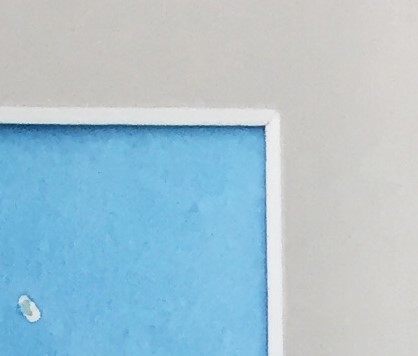
Standard Mount:
- If the mount board is ‘Standard’ grade (shown below) it is cheaper than acid free mount board but it will yellow very quickly, due to the high acid content, changing the appearance of the colour of the mount and damage the picture.
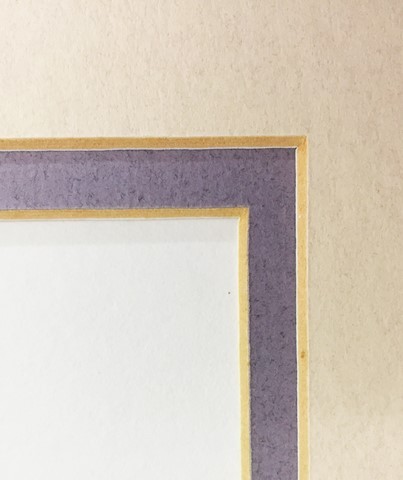
Fixing tapes:
- Tapes used to secure the artwork should be acid free (I use a P90 acid free tape)
- Masking tape or sellotape is unacceptable as it will go brittle and cause the artwork to drop and leave behind a sticky mark, seen below.
- A 'T fixing' section of tape should be used to secure the artwork or picture all the way along the top of the artwork. More pieces are needed if the artwork is heavy.
- All types of artwork, 3D objects and photography should be framed securely but should also be able to be reversed. Nothing should be fixed permanently inside a frame!
- You might be given a choice of glass, float glass, UV glass, anti reflect, water white…and so on.
- Old fashioned non-reflective glass is not advisable, as it flattens the colours of the artwork giving a grey misty apperance, try instead, anti-reflect water white glass!
- If you have chosen a specialist glass a sticker or note is placed on the back advising what glass type it is and how to clean it.
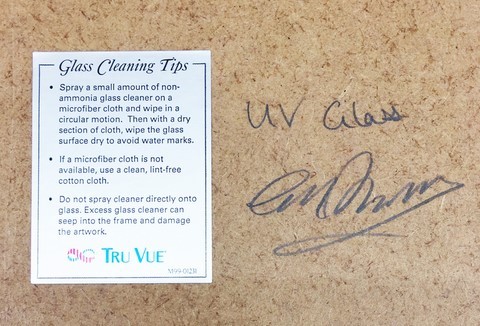
- Secure hangings should be screwed into the frame about a 1/3 of the way from the top, in the form of a D ring or double D ring for larger more heavy frames and srong cord attached. I use a low stretch polyester cord with a breaking strain of 220lb (100kg).
- Wire or nylon cord should be avoided as they will go brittle over time and liable to break easily.
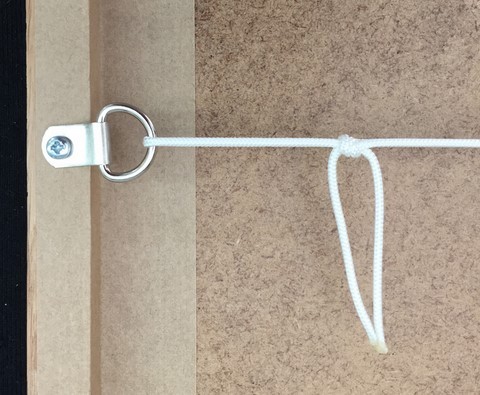
- A 'Bump' sticker or foam pad should be used at the bottom corners of the frame, this enables air flow to the back of the frame whist on the wall.
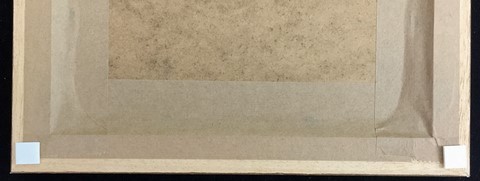
What are you having framed?...
Framing pastel paintings
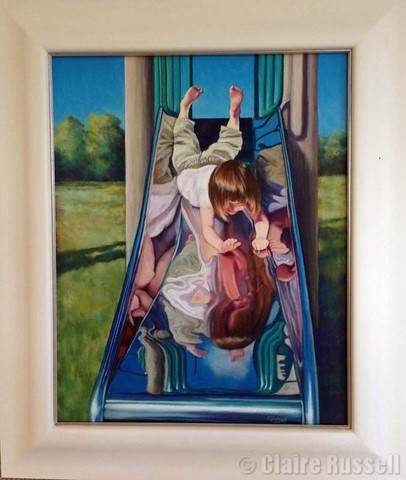
Pastel paintings must be handled with great care due to the surface being loose and un-fixed. The Pastel painting should never be banged, blown or sprayed with a fixative! It just isn’t necessary.
There must be more clearance between the glass and painting, at least 5mm, as static from the glass can lift off pastel dust. A double mount, gutter mount or spacer should be used. (pictured right - pastel painting using a 5mm spacer and silver slip)
A shed of pastel dust is inevitable during framing but to minimise this the frame is made up in its entirety whist the painting is safely tucked away. At the last minute the painting can be added to the frame.
The framer should assemble the frame using flexible points in order that the pastel painting can be easily and carefully removed, and the glass cleaned of all pastel dust.
It can then be re-assembled; this process is repeated as many times as it takes to remove all the pastel dust from the glass.
If pastel dust sheds onto the mount, do not wipe it off. Take the pastel painting out of the mount, give the mount a gentle blow and then use a very soft clean rubber and gently dap the mount until the pastel dust is removed.
There must be more clearance between the glass and painting, at least 5mm, as static from the glass can lift off pastel dust. A double mount, gutter mount or spacer should be used. (pictured right - pastel painting using a 5mm spacer and silver slip)
A shed of pastel dust is inevitable during framing but to minimise this the frame is made up in its entirety whist the painting is safely tucked away. At the last minute the painting can be added to the frame.
The framer should assemble the frame using flexible points in order that the pastel painting can be easily and carefully removed, and the glass cleaned of all pastel dust.
It can then be re-assembled; this process is repeated as many times as it takes to remove all the pastel dust from the glass.
If pastel dust sheds onto the mount, do not wipe it off. Take the pastel painting out of the mount, give the mount a gentle blow and then use a very soft clean rubber and gently dap the mount until the pastel dust is removed.
Framing clothing or 3D Items
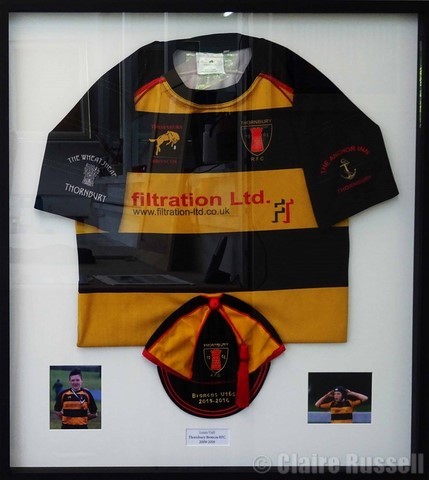
3D and personal objects such as Football T-Shirts, hats, books, medals etc. need to framed so that they are strong and secure inside the frame, but the framing should also be able to be reversed. A good framer should never fix anything permanently inside a frame!
To get a soft item, such as a football shirt to retain a good shape, acid free mount board is cut into a shirt template shape which is then placed in the inside of the shirt and the shirt placed nicely around it.
To get a soft item, such as a football shirt to retain a good shape, acid free mount board is cut into a shirt template shape which is then placed in the inside of the shirt and the shirt placed nicely around it.
The shirt sleeves are then sewn into the desired position. The piece of board with the shirt around it is then stitched to the backing mount board and framed as normal with a good-sized spacer or box mount.
Framing Needlework
Before framing needlework, preparation is key.
To avoid ripples and tucks all embroideries, tapestries and cross stiches should be properly laced over sturdy acid free board with a polyester based wool or good tapestry thread. It should be laced at the back with steady tension, never pinned or stuck down!
Framing watercolour Paintings
Watercolours need to be in a mount but fixed more securely along the top edge, as the tape doesn’t stick as well to the deckled watercolour paper and it is much more heavy than normal paper. Works on paper should never be taped all the way around to secure them to the mount, otherwise the paper will bow causing a cushion like appearance or become rippled.
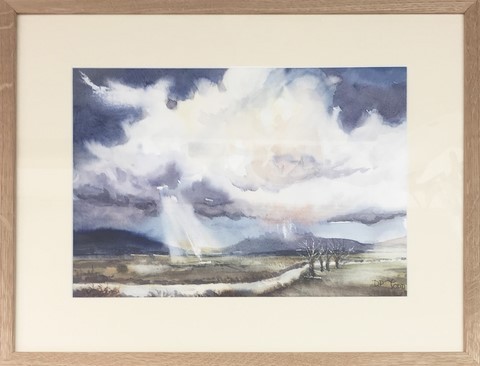
Framing Oil/Acrylic Paintings
A good frame is all you will need to show off the wonderful colours and textures of the oil or acrylic painting. Glass is not necessary.
However, if you do choose to have glass on your oil or acrylic painting, it must have a spacer in between the painting and glass.
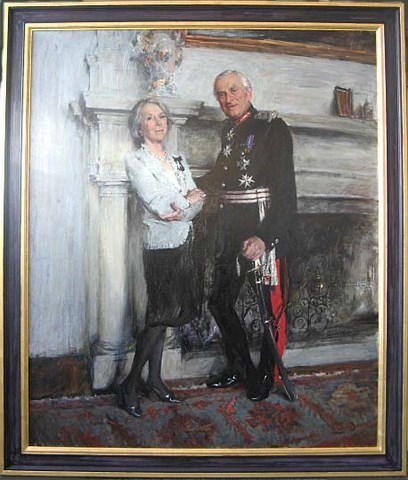
Framing Photographs
A mount or spacer should always be placed in between a photograph and the glass.
Due to the make-up of photographs the surface becomes sticky in moist conditions and will bow or ripple and eventually become stuck to the glass which is irreversible.
Due to the make-up of photographs the surface becomes sticky in moist conditions and will bow or ripple and eventually become stuck to the glass which is irreversible.
